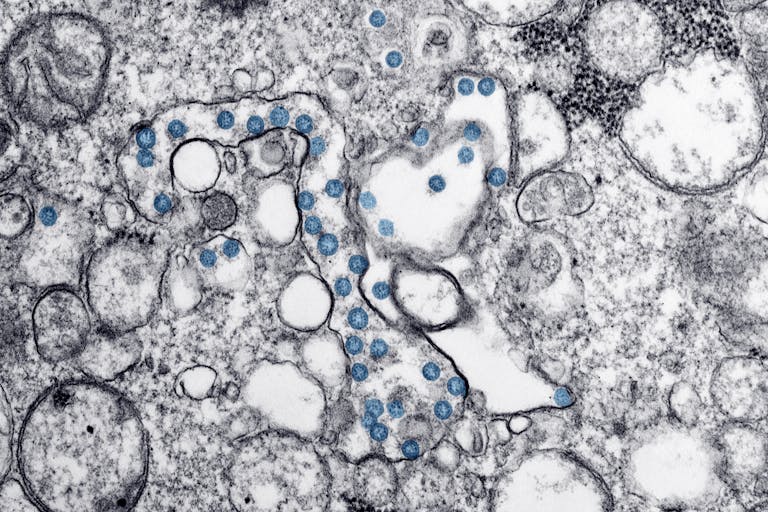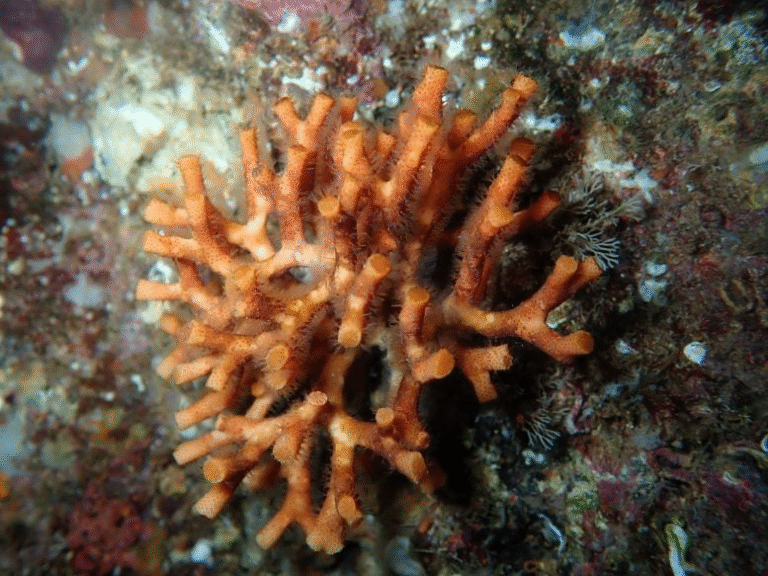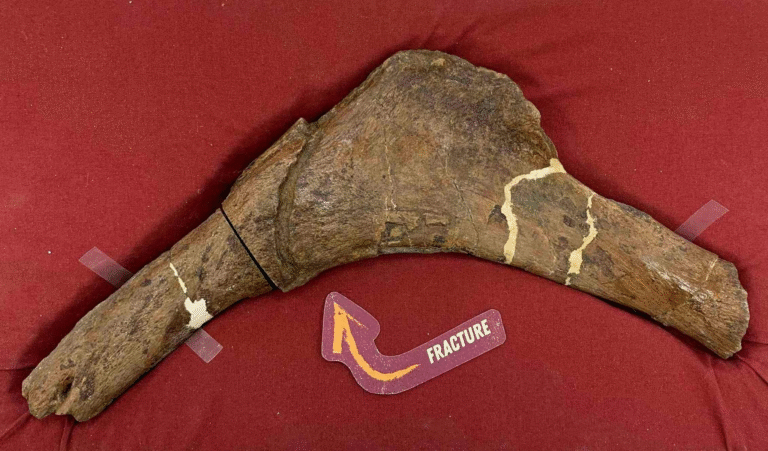Scientists Finally Explain the Magnetic Switching Mystery in Kagome Quantum Metals

A team of Japanese researchers has finally cracked a puzzle that’s been bothering physicists for years — how weak magnetic fields can completely flip the flow of electricity inside a fascinating class of materials called kagome metals.
The new study, published in the Proceedings of the National Academy of Sciences (PNAS), reveals that this unusual behavior comes from a combination of looping quantum currents, wave-like electron patterns, and an intricate property of quantum geometry known as the quantum metric. Together, these factors create a powerful and reversible effect where electricity flows more easily in one direction than the other — a kind of quantum diode effect.
This breakthrough doesn’t just solve a long-standing scientific mystery. It opens the door to magnetically controlled electronic devices, quantum memory systems, and sensors that could someday operate using only small magnetic fields instead of large ones or external voltages.
Understanding What Makes Kagome Metals Special
The term kagome comes from a traditional Japanese bamboo weaving pattern made of interlocking triangles and hexagons — literally “basket eyes.” In these metals, atoms arrange themselves in exactly that pattern, creating what scientists call a geometrically frustrated lattice.
Geometric frustration means that electrons inside the material can’t settle into neat, regular arrangements as they normally do in most metals. Instead, they interact in complicated ways, forming circulating currents at the nanoscale — tiny loops where electrons flow endlessly. These loops create magnetic moments even without any external field, and they give rise to bizarre collective behaviors that are purely quantum in nature.
Kagome metals are already well-known for hosting unusual superconductivity, charge density waves, and topological electronic states. But one of their most striking mysteries has been their ability to show magnetic switching — where weak magnetic fields, even as small as a few milliteslas, can flip the direction of current flow through the material.
What the New Study Discovered
The new study, titled “Quantum metric–induced giant and reversible nonreciprocal transport phenomena in chiral loop-current phases of kagome metals,” comes from researchers at Nagoya University, Kyoto University, and the University of Tokyo.
The scientists found that the effect originates in a delicate dance between two key players:
- Loop-current order – where electrons spontaneously circulate in loops, breaking time-reversal symmetry.
- Stripe charge-density waves (CDWs) – where electrons form wave-like patterns that break inversion symmetry.
When these two phenomena coexist, the material loses both time-reversal and inversion symmetry, which allows for nonreciprocal transport — meaning that current prefers to move in one direction more than the other. This is what gives rise to the diode-like behavior seen in experiments.
The team also showed that a geometric property of quantum states called the quantum metric amplifies this nonreciprocal effect by about 100 times compared to what would normally be expected. This amplification comes from the way the quantum metric varies across momentum space in the loop-current phase.
The Quantum Metric – The Hidden Geometry of Electrons
Every electron in a crystal can be described by a Bloch wavefunction, which tells us how its quantum state changes across the lattice. The quantum metric measures how “far apart” nearby wavefunctions are in this abstract quantum space — essentially describing the geometry of the electronic wavefunctions.
While this concept sounds abstract, it’s increasingly being recognized as an important factor that determines real-world material properties. The quantum metric influences things like optical absorption, superfluid stiffness, and transport phenomena.
In kagome metals, the new study shows that the quantum metric isn’t constant; it changes depending on the electron’s momentum. This momentum-dependent behavior interacts with the loop-current order and the stripe charge-density wave to produce an enormous magnetochiral anisotropy — the technical term for a magnetic field–dependent difference in resistance when current flows forward or backward.
Why Weak Magnetic Fields Can Flip the Effect
In normal metals, flipping electron currents requires large magnetic fields because the orbital magnetization is tiny. But kagome metals are different. Their loop-current order naturally generates small orbital magnetizations that can be reversed with weak magnetic fields.
The research team’s theoretical model shows that the nonreciprocal coefficient — which quantifies how asymmetric the conduction is — depends on the product of the orbital magnetization and the electron lifetime (τ). In kagome metals, τ is extremely long because electrons can travel freely with little scattering. This long lifetime magnifies the response dramatically, meaning that even a weak magnetic field can reverse the direction of the internal loop currents and flip the preferred conduction direction.
This is why experimentalists have been seeing the effect for years but couldn’t explain its extraordinary sensitivity.
The Kagome Metal Family and the Mystery Since 2020
The kagome metal family that has captured so much attention is AV₃Sb₅, where A can be potassium (K), rubidium (Rb), or cesium (Cs). Among them, CsV₃Sb₅ has been the main focus because it shows both charge density wave order and superconductivity.
Since around 2020, experiments have repeatedly detected strange “nonreciprocal” or “diode-like” electrical signals in CsV₃Sb₅ under small magnetic fields. Scientists observed that current would flow more easily in one direction, and this direction could be flipped just by changing the magnetic field’s orientation.
However, nobody could explain why the effect was so strong. Traditional theories predicted nonreciprocal transport should be far weaker. The new model finally provides a solid theoretical foundation for those results, showing that quantum geometry amplifies the effect dramatically.
How the Team Solved the Puzzle
The researchers, led by Professor Hiroshi Kontani at Nagoya University, along with Rina Tazai, Youichi Yamakawa, and Takahiro Morimoto, combined advanced theoretical modeling with recent experimental observations.
They analyzed how electrons behave in a kagome lattice when both loop-current order and stripe charge-density waves are present. Their calculations revealed that the quantum metric tensor plays a direct role in determining the magnitude of nonreciprocal transport.
By simulating the system at extremely low temperatures (around –190°C), where these quantum orders emerge naturally, they demonstrated that weak magnetic fields could reverse the direction of the loop currents, switching the direction of current flow.
This comprehensive model not only explains existing data but also predicts new behaviors that experimentalists can test, such as how impurities, lattice strain, or temperature might influence the switching process.
Why This Discovery Matters
The implications of this work reach far beyond one type of metal. The idea that quantum geometry can control large-scale electrical behavior could lead to an entirely new class of devices.
Potential applications include:
- Magnetic memory devices that use weak magnetic fields instead of electric currents for writing and erasing data.
- Ultra-sensitive sensors that detect small magnetic changes through measurable shifts in electrical resistance.
- Quantum electronic circuits where current direction and magnitude can be tuned through geometry, not just charge or spin.
It also deepens our understanding of spontaneous symmetry breaking — when materials naturally break fundamental physical symmetries. In kagome metals, both time-reversal and inversion symmetries are broken simultaneously, a combination that’s exceptionally rare in nature. This explains the strong and easily switchable behavior.
Broader Context: Quantum Geometry and Modern Materials
The quantum metric is part of a broader theme in modern condensed matter physics — the idea that geometry and topology of quantum states can govern real physical properties. This concept has already revolutionized our understanding of materials like topological insulators, Weyl semimetals, and twisted bilayer graphene.
Kagome metals add a new twist to that story. Their unique lattice allows geometric frustration, strong electron interactions, and quantum geometry to coexist and interact in complex ways. This makes them ideal “laboratories” for exploring how collective quantum effects can be controlled and harnessed.
The study also helps unify several puzzles in the field, including why some kagome metals exhibit chiral superconductivity, nematic order, and anomalous Hall effects. All of these phenomena may share a common foundation in the interplay between loop-current order and quantum geometric effects.
The Team Behind the Work
The research was carried out by:
- Rina Tazai, Yukawa Institute for Theoretical Physics, Kyoto University
- Youichi Yamakawa and Hiroshi Kontani, Department of Physics, Nagoya University
- Takahiro Morimoto, Department of Applied Physics, University of Tokyo
It was funded by Japan’s Ministry of Education, Culture, Sports, Science and Technology (MEXT) and the Japan Science and Technology Agency’s (JST) Core Research for Evolutionary Science and Technology (CREST) program.
The study was published on August 25, 2025, in the Proceedings of the National Academy of Sciences (PNAS).
What Comes Next
With this theoretical groundwork established, experimental groups can now test the predictions and explore how to engineer similar effects in other materials. If confirmed, the ability to control quantum electrical flow using small magnetic fields could become a foundation for the next generation of quantum electronics — bridging the gap between theoretical physics and real-world technology.
The researchers believe that by understanding and harnessing quantum geometry, we can create devices that operate far beyond the limitations of conventional semiconductors — systems where geometry, magnetism, and quantum mechanics all intertwine to shape the future of electronics.
Research Paper: Quantum metric–induced giant and reversible nonreciprocal transport phenomena in chiral loop-current phases of kagome metals – PNAS (2025)





